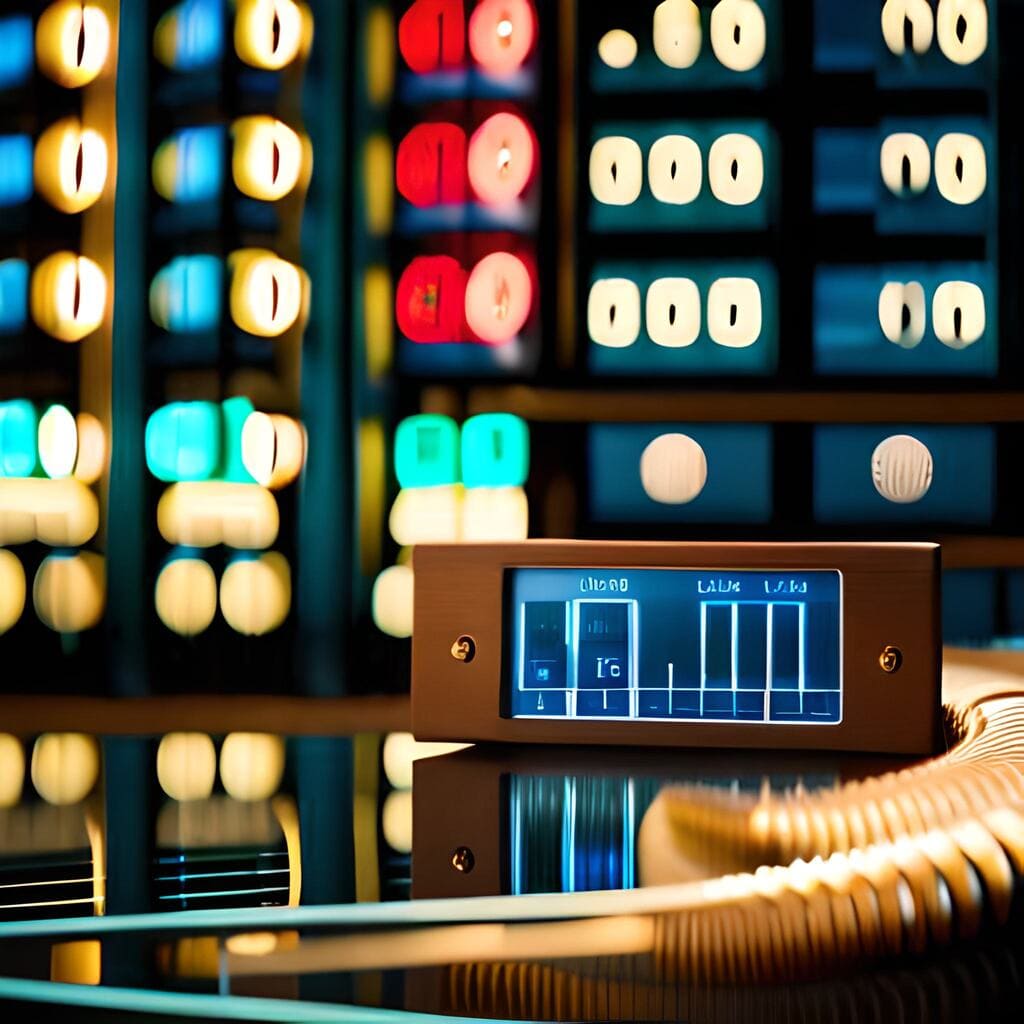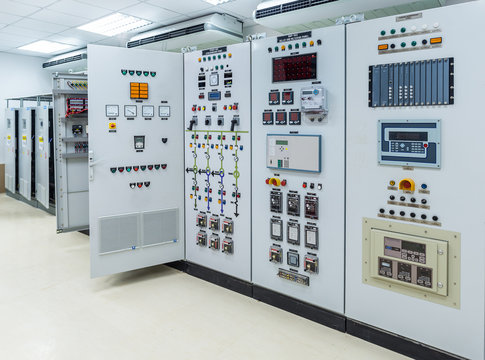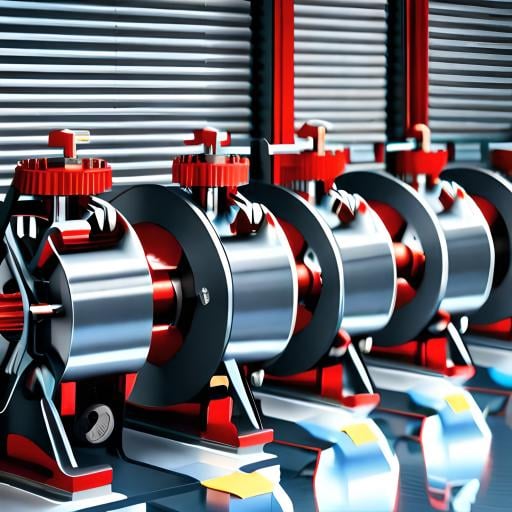When a gas is exposed to a voltage larger than its insulating properties, electrical arcs may form. An arc will form when the air is sufficiently ionized by the voltage between the conductors. Air that has been ionized becomes an excellent conductor, allowing electricity to go through. A current produced by the ionization of air produces heat and bright light. Because of the heat, ionized air rises and forms an arch-shaped circulation, giving the phenomenon its name. The temperature that an arc flash may produce can reach 20,000 degrees Celsius. Risks from arc flash include those to persons and property.
The following are a few of arc in flash’s economic effects:
- Direct expenses also cover the cost of accident investigation and lost production in addition to medical care, rehabilitation, and worker’s compensation.
- As examples of indirect expenses, consider legal and judgement fees, litigation costs, fines, insurance premiums, repair costs, and labor costs for replacement.
- Your reputation, your ability to compete in the job market, and your chance of being charged with a crime might all suffer because of unfavorable consequences.
- Arc-related mishaps can have a lasting impact, leading to lost chances and money.
Arc Flash Danger Triggers:
- Utilizing the probe on the incorrect surface.
- Using the wrong tools, equipment, or installation techniques.
- Utilizing defective electrical components.
- Insulation damage or equipment gaps.
- Interference at disconnect panels.
- Dust or rust on electrical equipment
- Poor circuit breaker and switch maintenance.
- Exposed live parts or frayed connections.
- High voltage wires or a constant power source
- Dampness in electrical equipment
Arc Flash Risk Reduction Methods:
- Turning Off Electrical Components:
To the greatest extent feasible, it reduces potential dangers. Avoid working on electrified equipment, and exercise extreme caution while testing or re-energizing de-energized equipment. Circuit breakers are kept clear of arc flash boundaries using remote tracking technology to protect their workers.
- Use Low-Risk Technology:
To evaluate the risks posed by short circuits and the coordination of protective devices, arc flash analysis and power system studies are conducted. Use low-threat safeguards, such as remote rack equipment, to protect people and property.
- Redesign Electrical and Control Systems:
Ensure that PPE (Personal Protective Equipment) is available that is appropriate for the type of arc flash hazard. To lessen risks, technical tools and procedures are being changed. Circuit breakers and energy distribution systems are meant to limit incident energy.
- Reduce the Level of Available Fault Current:
The industry will be able to restrict the amount of fault current that is accessible thanks to non-current limiting circuit breakers. With an open connection, these devices can be utilized for maintenance. By lowering the available fault current during maintenance, opening the connection between two power sources lowers the chance of an arc flash. Current flow during arc faults can be effectively stopped by using current-limiting reactors to create a bottleneck in the flow of electrical current.
- Blast Energy Shift:
Promote the use of arc-resistant materials to reduce blast energy. Arc flash energy and heat are directed via ducts by arc-resistant switchgear using sealed connections, pressure relief vents on top, and strengthened hinges. Comprehensive arc flash analysis is performed by Care Labs. The dangers associated with arc flash are examined by professionals to update your safety program. Care Labs can develop and implement cutting-edge arc flash risk avoidance strategies. Modern arc flash danger mitigation solutions may be studied and used by Care Labs. Care Labs use the ETAP (Electrical Transient Analysis Program) software for research and analysis.
To ensure our knowledge is available in both normal and emergency situations, we use crew members in various functions. achieving ISO 9001:2008 certification and client loyalty quickly. Berlin, Hamburg, Munich, Cologne, Frankfurt, and Stuttgart are some of the German cities.




